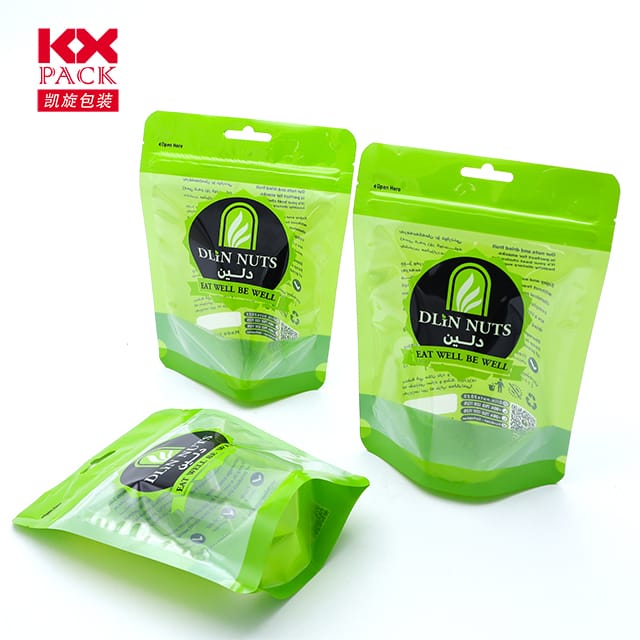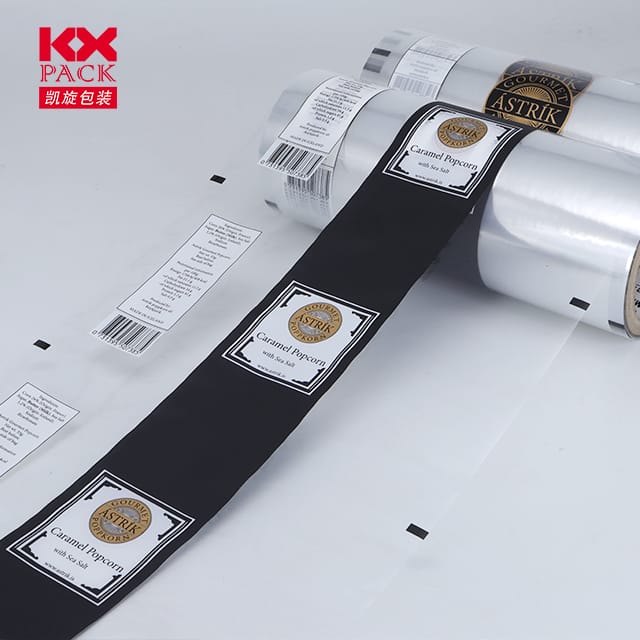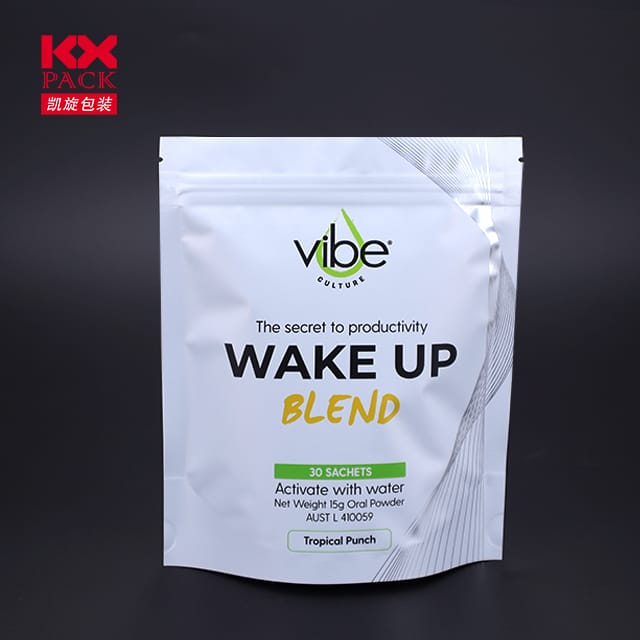Πλοήγηση στο μέλλον της κατασκευής πλαστικών μεμβρανών: Τάσεις, Καινοτομίες, και βιωσιμότητα
Κατασκευή πλαστικών μεμβρανών
Η παγκόσμια βιομηχανία παραγωγής πλαστικών ταινιών βρίσκεται σε ένα κεντρικό σταυροδρόμι, Εξισορρόπηση ταχείας τεχνολογικής εξελίξεως με κλιμάκωση περιβαλλοντικών απαιτήσεων. Ως ένας από τους μεγαλύτερους υποτομείς της βιομηχανίας πλαστικών, Οι πλαστικές μεμβράνες διαδραματίζουν κρίσιμο ρόλο στη συσκευασία, γεωργία, Υγειονομική περίθαλψη, και ηλεκτρονικά. Ωστόσο, κανονιστικές πιέσεις, εξελισσόμενες προτιμήσεις των καταναλωτών, και η επιτακτική ανάγκη για λύσεις κυκλικής οικονομίας αναμορφώνει το ανταγωνιστικό τοπίο. Αυτό το ιστολόγιο διερευνά βασικές τάσεις που διαμορφώνουν το μέλλον των εταιρειών παραγωγής πλαστικών ταινιών, επισημαίνοντας τα hotspots και την καινοτομία και τις στρατηγικές ευκαιρίες. (Κατασκευή πλαστικών μεμβρανών)
1. Η άνοδος των βιώσιμων υλικών: Από βιολογικές σε ταινίες λιπασματοποίησης
Με πάνω από 20 Οι χώρες που εφαρμόζουν απαγορεύσεις σχετικά με τα πλαστικά μιας χρήσης και τις παγκόσμιες μάρκες που δεσμεύονται 100% ανακυκλώσιμη συσκευασία από 2030, Οι κατασκευαστές περιστρέφονται προς βιώσιμες εναλλακτικές λύσεις.(Κατασκευή πλαστικών μεμβρανών)
- Πολυμερή με βάση τα βιολογικά: Εταιρείες σαν Φύση επεκτείνουν το Ingeo ™ PLA τους (πολυξικό οξύ) ικανότητα, με μια νέα εγκατάσταση 75.000 τόνων στην Ταϊλάνδη 2025. PLA, προέρχεται από ανανεώσιμες πηγές, προσφέρει μείωση του αποτυπώματος άνθρακα μέχρι 75% σε σύγκριση με τα παραδοσιακά πλαστικά.(Κατασκευή πλαστικών μεμβρανών)
- Λιπασματοποιήσιμες ταινίες: Καινοτομίες σε πολυυδροξυαλανικά (Pha) και τα μείγματα με βάση το άμυλο επιτρέπουν στους κατασκευαστές να παράγουν ταινίες που αποσυντίθενται μέσα 180 Ημέρες σε βιομηχανικές εγκαταστάσεις κομποστοποίησης.(Κατασκευή πλαστικών μεμβρανών)
- Ανακοίνες ανακύκλωσης: Τεχνολογίες χημικής ανακύκλωσης, όπως Neste's φυτά πυρόλυσης και SABIC συνεργασία με Τόμμα για ανακύκλωση μαλακών συσκευασιών, απευθύνονται στο 20% φυσική συμφόρηση του ρυθμού ανακύκλωσης. Αυτές οι διαδικασίες μετατρέπουν τα μικτά απόβλητα σε πρώτη ύλη για πολυμερή παρθένου βαθμού.
2. Ταινίες υψηλής απόδοσης: Οδήγηση καινοτομίας σε εξειδικευμένες αγορές
Πέρα από τη συσκευασία των εμπορευμάτων, Οι κατασκευαστές αξιοποιούν την απαίτηση για προχωρημένες ταινίες σε αναδυόμενους τομείς:
- Νέες εφαρμογές ενέργειας:
- Αποθήκευση υδρογόνου: Πολυαιθυλενίου εξαιρετικά υψηλού μοριακού βάρους (Uhmwpe) Οι ταινίες με 10x υψηλότερη αντοχή εφελκυσμού από τον χάλυβα επιτρέπουν το ελαφρύ, Δεξαμενές υδρογόνου υψηλής πίεσης.(Κατασκευή πλαστικών μεμβρανών)
- Ηλιακοί πάνελ: Οξικό βινύλιο αιθυλενίου (ΕβΑ) ενθυλακωτικά με 99% Η ελαφριά μετάδοση και η αντοχή των 25 ετών είναι κρίσιμες για τη φωτοβολταϊκή απόδοση.
- Ιατρικός & Ηλεκτρονική:
- Μικρορευστές συσκευές: Κυκλικό συμπολυμερές (Choc) Οι μεμβράνες με τραχύτητα επιφάνειας 0,1μm χρησιμοποιούνται σε στυλό ινσουλίνης και Diagnostics Lab-On-A-Chip.
- Πτυσσόμενες οθόνες: Διαφανές αγώγιμο πολυϊμίδιο (ΠΙ) Οι ταινίες με 5G-συμβατές διηλεκτρικές σταθερές επιτρέπουν τις οθόνες Bendable OLED.
3. Ψηφιακός μετασχηματισμός: Έξυπνα εργοστάσια και βελτιστοποίηση της αλυσίδας εφοδιασμού
Οι κορυφαίοι κατασκευαστές αξιοποιούν τη βιομηχανία 4.0 Εργαλεία για την ενίσχυση της αποτελεσματικότητας και της ευελιξίας:
- Έλεγχος διαδικασίας με οδηγό AI: Μούχλας Οι προσομοιώσεις μειώνουν τα πρωτότυπα δοκιμής και σφάλματος από 30%, ενώ Honeywell's Τα ψηφιακά δίδυμα βελτιστοποιούν τις παραμέτρους της γραμμής εξώθησης σε πραγματικό χρόνο.
- Συστήματα κλειστού βρόχου: Συνεργασίες μεταξύ κατασκευαστών ταινιών και ανακυκλωτών, όπως Amcor's Πρόγραμμα Resent ™, καθιστώ ικανό 100% ανακυκλωμένο περιεχόμενο σε συσκευασίες τροφίμων.
- Ιχνηλασιμότητα: Πλατφόρμες που βασίζονται σε μπλοκ αλυσίδες Everledger Παροχή παρακολούθησης αποτυπώματος άνθρακα για μάρκες όπως Ερυθρός, που τώρα απαιτεί πλήρη γενεαλογία υλικού από προμηθευτές.
4. Περιφερειακές στρατηγικές: Πλοήγηση γεωπολιτικών μετατοπίσεων
Η παγκόσμια δυναμική του εμπορίου αναγκάζει τους κατασκευαστές να επανεξετάσουν τις αλυσίδες εφοδιασμού:
- Πλησίον: Μούρο παγκόσμιος και Σφραγισμένος αέρας δημιουργούν φυτά στο Μεξικό και την Ανατολική Ευρώπη για να εξυπηρετήσουν τη ζήτηση JIT από OEMS Automotive and Electronics.
- Επέκταση του ASEAN: Οι εξαγωγές ηλεκτρονικών του Βιετνάμ αυξάνουν 20% ετησίως οδηγούν τη ζήτηση για προστατευτικές ταινίες από τοπικούς παίκτες όπως Duy Tan Plastics.
- Διπλή κυκλοφορία της Κίνας: Εγχώριοι κατασκευαστές όπως Foshan FSP στοχεύουν 60% αυτάρκεια σε εξοπλισμό υψηλής τεχνολογίας κατά 2025, Μείωση της εξάρτησης από τις εισαγωγές για τις γραμμές συν-εξώθησης πέντε επιπέδων.
5. Ανταγωνιστικό τοπίο: M&Α και εξειδικευμένη εξειδίκευση
Η ενοποίηση και η διαφοροποίηση αναμορφώνουν τη βιομηχανία:
- Μεγαλοπρεπείς: Amcor's $6.8Β απόκτηση του Μπετίις σε 2019 δημιούργησε τη μεγαλύτερη ευέλικτη εταιρεία συσκευασίας στον κόσμο, με 30% μερίδιο αγοράς σε ιατρικές ταινίες.
- Εξειδικευμένοι παίκτες: Σκωτσέζος κυριαρχεί στην αγορά κινηματογραφικών ταινιών 2B $ 2B με το πολυπροπυλενίου του Borosilicate Type I, ενώ Mitsubishi Chemical χειριστήρια 70% της παγκόσμιας αγοράς ανακύκλωσης πολυανθρακικού.
- Διαταραχή εκκίνησης: Σημειωματάριο (φακελάκια με βάση τα φύκια) και Τύπος (κινηματογραφικές ταινίες) έχουν συγκεντρώσει $ 150m+ σε χρηματοδότηση επιχειρηματικών κεφαλαίων, Στόχευση των οικολογικών συνειδητοποιημένων εμπορικών σημάτων FMCG.
Ο δρόμος μπροστά: Προκλήσεις και ευκαιρίες
Ενώ η προοπτική υπόσχεται, Οι κατασκευαστές αντιμετωπίζουν κεφαλές:
- Πτογόριστο κόστος πρώτης ύλης: Οι διακυμάνσεις των ακατέργαστων τιμών Brent ± 40% στο 2024 Σφίγγοντας περιθώρια για μη ενσωματωμένους παίκτες.
- Ρυθμιστικός κατακερματισμός: Η οδηγία πλαστικής μιας χρήσης της ΕΕ έρχεται σε σύγκρουση με το ASEAN's 2030 Χάρτης πορείας πλαστικών αποβλήτων, Δημιουργία πολυπλοκότητας συμμόρφωσης.
- Χάσμα ταλέντων: Η βιομηχανία χρειάζεται 1,2 εκατομμύρια ειδικευμένους εργαζόμενους από 2030 για τη λειτουργία έξυπνων εργοστασίων, αλλά μόνο 15% Οι τρέχοντες χειριστές έχουν ψηφιακό αλφαβητισμό.
συμπέρασμα
Ο τομέας παραγωγής πλαστικών μεμβρανών βρίσκεται σε μετατόπιση παραδείγματος, με βιωσιμότητα, εκτέλεση, και την ψηφιοποίηση ως τους βασικούς πυλώνες ανάπτυξης. Εταιρείες που επενδύουν στο r&D για βιολογικά υλικά, υιοθετήστε κυκλικά επιχειρηματικά μοντέλα, Και η αγκαλιά της έξυπνης κατασκευής θα οδηγήσει το επόμενο κύμα καινοτομίας. Καθώς ο κλάδος μεταβαίνει από ένα γραμμικό μοντέλο "λήψης-διάλυσης" σε μια αναγεννητική οικονομία, Οι νικητές θα είναι εκείνοι που εξισορροπούν την κερδοφορία με την αξία που παράγει το σκοπό όχι μόνο στους μετόχους, Αλλά στον πλανήτη.
Μείνετε μπροστά από την καμπύλη στο Chinaplas 2025 (15-18 Απριλίου, Βομβαρδισμός), όπου 4,500+ Οι εκθέτες θα παρουσιάσουν λύσεις αιχμής για το μέλλον των πλαστικών μεμβρανών. 🌍🔄💡







